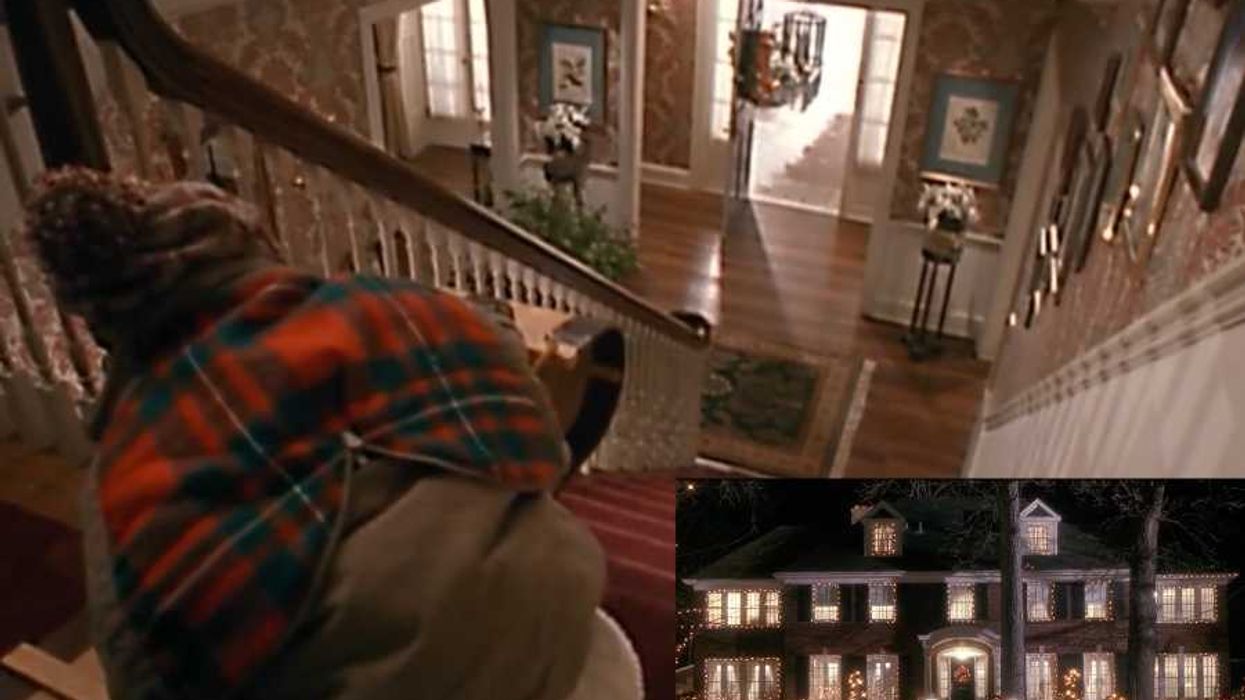The long-term savings from using an energy-efficient appliance can more than pay for its higher up-front cost. But if you can't afford the initial investment for an Energy Star refrigerator, you may get stuck with one that's dirtier and, in the end, more expensive. It's a problem. Bill Farren sent us this solution for Project 010:
Refrigerators are typically one of, if not the most energy intensive items in a home. Having a more energy efficient refrigerator would save a family money, improve the environment, and improve the local economy by diminishing the amount of money spent (wasted) on energy. "A typical new refrigerator with automatic defrost and a top-mounted freezer uses about half the energy used by a typical 1990 refrigerator." (from: The American Council for an Energy Efficient Economy) The problem is that most people are not able or willing to buy a new, efficient refrigerator, especially when it seems like their current one is working fine.The new refrigerator would be paid off using the money that the borrower would have spent on electric bills to operate the old, inefficient model. So let's say an old refrigerator costs $135 to operate each year. (Energy rates vary by country, so payback times would differ.) Using $520 as the price for an Energy Star rated refrigerator (top freezer, average size), it would take 3.85 years to pay off this interest-free loan. Given the expected 15 year life of a refrigerator, the owner would then save about $740. This would prevent the need to use about 5,700 kWh of electricity over the 15 year period avoiding 3,700 kg of CO2 from entering the atmosphere.In the country where I live, the Dominican Republic, such an effort on a large enough scale could prevent the need to construct expensive ($450M ea.), dirty coal-fired power plants. These negawatts could do tremendous GOOD.Keep up the good work,Bill Farren,Ed4wb.org (Education for Well-being)(The figures used above would be typical for a country such as the Dominican Republic where electric energy is expensive ($ 0.20/ kWh))
Typically, lower quality, inefficient appliances are sold in poorer countries since their lower purchase price makes them more appealing to people with limited financial means. This lower purchase price masks the higher operating and environmental costs that will be incurred over the lifetime of the appliance.
Refrigerators are typically one of, if not the most energy intensive items in a home. Having a more energy efficient refrigerator would save a family money, improve the environment, and improve the local economy by diminishing the amount of money spent (wasted) on energy. "A typical new refrigerator with automatic defrost and a top-mounted freezer uses about half the energy used by a typical 1990 refrigerator." (from: The American Council for an Energy Efficient Economy) The problem is that most people are not able or willing to buy a new, efficient refrigerator, especially when it seems like their current one is working fine.The new refrigerator would be paid off using the money that the borrower would have spent on electric bills to operate the old, inefficient model. So let's say an old refrigerator costs $135 to operate each year. (Energy rates vary by country, so payback times would differ.) Using $520 as the price for an Energy Star rated refrigerator (top freezer, average size), it would take 3.85 years to pay off this interest-free loan. Given the expected 15 year life of a refrigerator, the owner would then save about $740. This would prevent the need to use about 5,700 kWh of electricity over the 15 year period avoiding 3,700 kg of CO2 from entering the atmosphere.In the country where I live, the Dominican Republic, such an effort on a large enough scale could prevent the need to construct expensive ($450M ea.), dirty coal-fired power plants. These negawatts could do tremendous GOOD.Keep up the good work,Bill Farren,Ed4wb.org (Education for Well-being)(The figures used above would be typical for a country such as the Dominican Republic where electric energy is expensive ($ 0.20/ kWh))
















 Otis knew before they did.
Otis knew before they did.